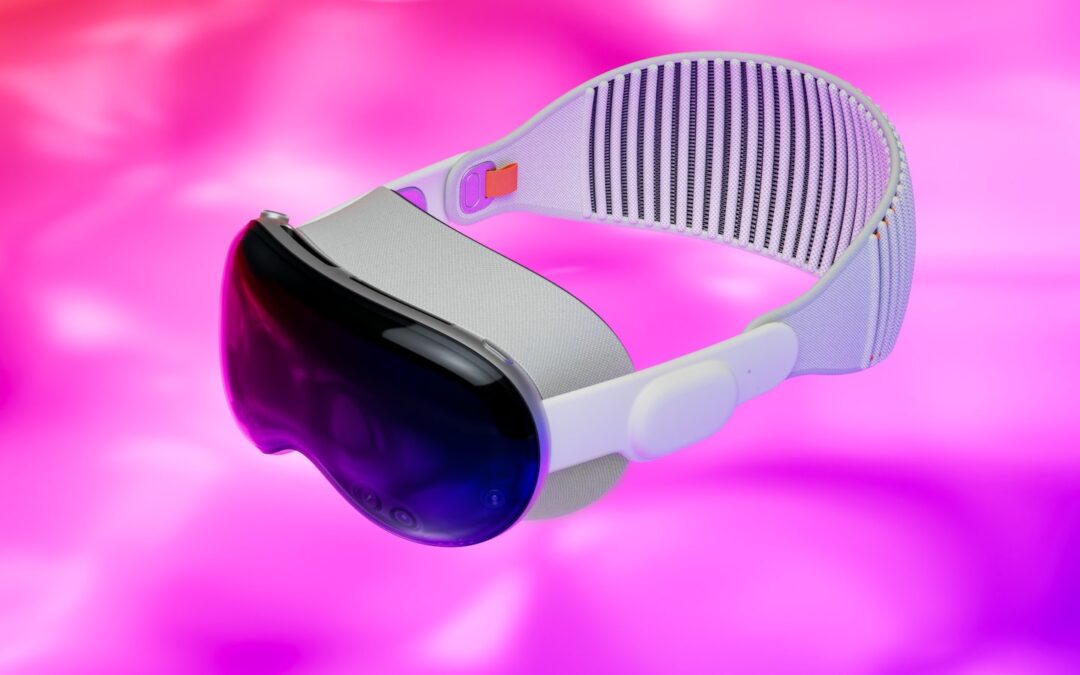In Defense of AI Hallucinations
The Fascinating World of AI Hallucinations

Artificial Intelligence (AI) hallucinations have sparked both intrigue and apprehension in recent years. These surreal and often artistic manifestations generated by machines have gained attention and caused debate within the AI community and beyond.
What are AI Hallucinations?
AI Hallucinations refer to the visual, auditory, and sometimes even textual creations produced by advanced AI systems. These hallucinations are not hallucinations in the traditional sense experienced by humans; instead, they are the result of neural networks trained on vast amounts of data.
The Power of Generative AI
AI hallucinations are a product of generative AI, which employs deep learning algorithms to generate content. Deep learning models such as Generative Adversarial Networks (GANs) and Variational Autoencoders (VAEs) learn to produce new stimuli by analyzing vast datasets. AI hallucinations offer a window into what these models can achieve when set free to explore their learned patterns.
An Alternative Pathway to Creativity
AI hallucinations spark controversy because they challenge our traditional understanding of creativity. Skeptics argue that machines are incapable of genuine creativity since they lack consciousness and subjective experiences. However, defenders of AI hallucinations argue that creativity, in its essence, is the ability to produce novel, valuable outputs - and this capability is indisputably demonstrated by generative AI.
Applications Beyond Art
While AI hallucinations are often associated with artistic outputs, their potential applications extend beyond the realms of art. These hallucinations have proven useful to scientists, engineers, and designers as they enable them to explore uncharted territories, unlock new insights, and inspire innovation in various fields. AI hallucinations serve as a tool to augment human creativity and problem-solving capabilities.
Ethical Considerations
AI hallucinations also raise important ethical questions. As machines push the boundaries of what we perceive as real, questions regarding intellectual property, the artist’s role, and the potential impact on human creativity come into play. Striking a balance between AI-generated content and human creators while respecting intellectual property is crucial for a harmonious coexistence.
Final Thoughts
AI hallucinations offer a glimpse into the immense potential of AI technology. While it challenges our established notions of creativity and raises ethical concerns, it also opens new pathways for innovation and expands human capacities. Embracing AI hallucinations with a nuanced perspective can lead to a future where humans and machines collaborate harmoniously in the pursuit of creativity and progress.


Recent Comments